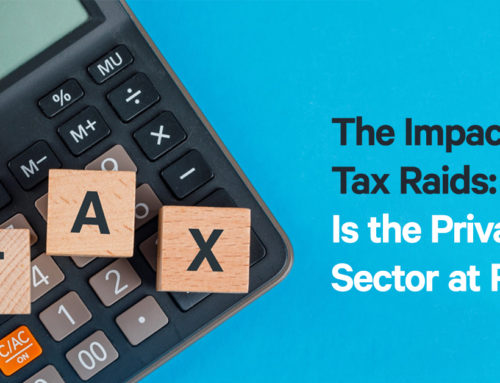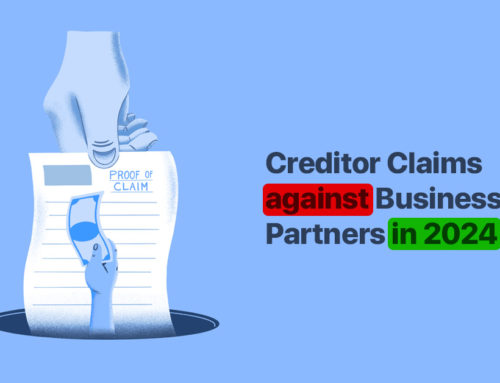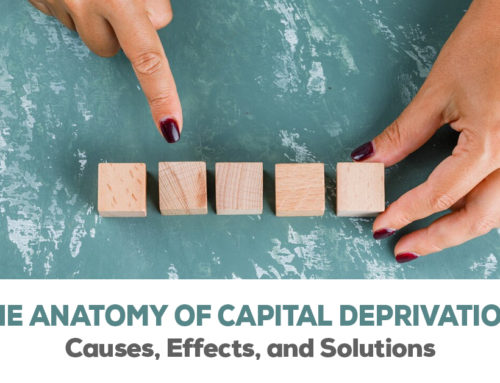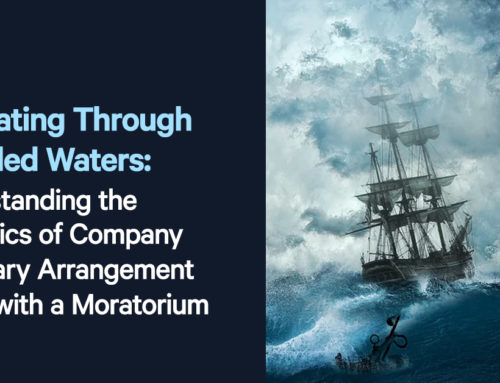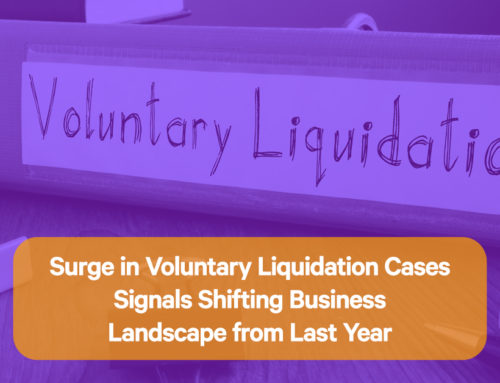Despite the impact of COVID-19 in 2020, if you look at the monthly UK insolvency statistics, the number of companies that filed for bankruptcy or went into liquidation, administration or CVAs, has decreased year on year. For example, in July 2020 in England and Wales, there were a total of 955 company insolvencies which represented a decrease of 34% in comparison to July 2019. That said, whilst the overall number of company insolvencies was lower than July last year, the number of companies entering administration in July this year saw a 25% increase.
Let’s resolve a popular misuse of words first; bankruptcy is usually a term used for individuals. When referring to companies, the term used is insolvency. To establish whether a company is insolvent, there are two tests:
- The cash flow test – do you have the necessary cash flow in order to ensure the business continues to operate?
- The balance sheet test – does the value of the company’s liabilities exceed that of the value of the assets?
If you want to ‘wind up’ an insolvent company, i.e. a company that is unable to pay its debts, or bills, when they are due or its liabilities are greater than its assets on paper, the process is either via a compulsory liquidation or a creditors’ voluntary liquidation. No business owner or company director wants to be in this situation but if the company is insolvent, you have a duty, and legal obligation, to take appropriate action. Usually this is done through an insolvency practitioner.
What does it cost to liquidate a company?
Voluntary liquidation costs depends on a number of factors such as whether it is a limited company, partnership or sole trader, the size of the company, how many creditors are involved, the value of the company’s assets and if the company is solvent or insolvent.
For companies that are insolvent, directors could wait for a creditor to force the company to go into liquidation. However, it is probably better to choose a creditors’ voluntary liquidation (CVL). This is a formal procedure to close the company and use any assets to pay the outstanding debts.
Typically, there is no specific cost of liquidating a company. However, the voluntary liquidation costs, particularly for companies that do not have any significant assets of value, could be around £6,000 plus VAT and will cover:
- Settling creditor and outstanding contract legal disputes
- Employee redundancy and processing any claims from employees for money owed
- Collecting company owed debts, including those by the company directors
- Inviting/processing creditor claims
- Valuing/selling any company assets
- Investigating the reasons for insolvency
- Providing regular updates to creditors
- Distributing the proceeds realised from any assets to creditors
- Submitting all relevant paperwork to HMRC and Companies House in order to dissolve the company.
Liquidation cases that are not of a simple nature, with a large number of debtors and multiple assets, will result in higher voluntary liquidation costs.
Who pays to liquidate an insolvent or bankrupt company?
For any company that is in liquidation or starting the liquidation process, and which does not have any significant assets of value, knowing who pays for what is crucial. In an ideal world, the insolvent company would have sufficient assets from which the liquidator’s fees and voluntary liquidation costs would be paid during the process. However, if the sale of assets does not raise the necessary funds to cover fees or debts, it comes down to the company director(s) or a third party to pay either all or the balance of the fees.
However, if the company is forced into compulsory liquidation, the directors are not held personally liable for unpaid company debts, unless they have acted unlawfully or have given a personal guarantee. In this scenario, the liquidators seize ownership of the company when a court has approved a winding up petition.
At this point, the directors no longer have any duties or power but they are required to assist the official liquidation receiver throughout the process. Any company assets, such as machinery, capital, stock, property or vehicles, are then sold. The proceeds are used to firstly pay the official receivers and subsequently the company’s creditors in a specific order. This process can take months or years.
In insolvency situations, the voluntary liquidation costs are paid to creditors in a specific order, i.e. some creditors rank higher in importance than others. This order of creditors, which is designated by law, is as follows:
- The liquidator/insolvency practitioner fees
- Secured creditors who have a legal right or charge on company property, which can be anything from physical buildings to equipment, fixtures and fittings, machinery and vehicles, as well as intellectual property or patents
- Preferential creditors such as employees for pay arrears and holiday pay claims
- Unsecured creditors, which includes HMRC, family members of staff and director’s spouses
- Shareholders
It is worth noting that although HMRC lost the status as preferential creditors in September 2003 under the Enterprise Act 2002, this is due to change in December 2020 when they will have their preferential status re-instated. This will, of course, have an impact on some secured and unsecured creditors.
Are company directors liable?
Predominantly, limited company directors are not personally liable for any company debt, unless the director has signed a personal guarantee, i.e. for a loan that has been taken from the company and not registered as salary or a dividend payment. In this case a director’s personal assets could be liable.
In the case of any outstanding overdrawn director’s loan, which is considered an asset of the company, it is the duty of the official receiver to collect the loan funds from the director as part of the liquidation process.
However, for partnerships and sole traders, directors are personally liable for company debt. They do not have the protection of the ‘veil of incorporation’ that limited companies are entitled to, because the business is not considered a legal entity. In this case, and because a sole trader or a partner in a company is an individual, options are to either declare bankruptcy or be forced to become bankrupt by a creditor. Either way, any business or personal assets will be lost.
If your company is struggling and is insolvent, contact Leading UK today to discuss business debt plans and liquidation options on 01603 552028 or visit our website at Leading UK.


